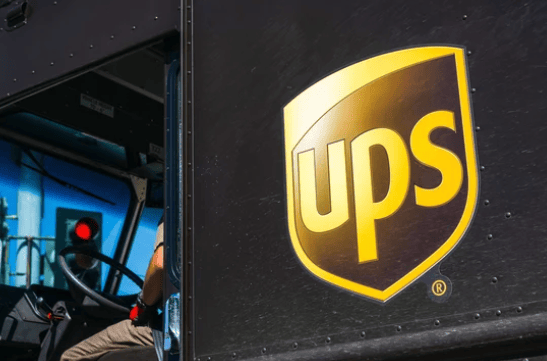Lessons Learned from the 1997 UPS Strike and Their Relevance Today

THEN:
In August 1997, the UPS strike that not many thought would happen, did. Not only did it surprise many companies – but worse was its impact: It exposed companies’ reliance on a single carrier for their livelihood.
At the time, UPS dominated the ground network and had roughly 75% of the U.S. parcel market. FedEx, RPS, Airborne Express, and USPS could not handle the influx of the crippling UPS market share and it bled into all businesses, even the ones not receiving or shipping UPS parcels.
Small businesses were hit particularly hard and some even went out of business as a repercussion.
NOW:
Fast forward to 2023 and these strike risks have a different atmosphere. The UPS total parcel market share is down to 50%, but there are many more parcels. We now have many more adept regional carriers, final mile options, improved USPS, and hybrid multi-multimodal returns.
Amazon was not doing much of anything in 1997 and now Amazon is carrying a massive chunk on their own network (10% UPS reliance). The remote pickups and deliveries will be impacted sooner and harder if there is a stoppage.
Most experts agree the consequences of a stoppage on the parcel ecosystem will be bad, but not nearly as crippling as 1997 unless it wears on for extended periods. UPS moves 19 million parcels a day that cannot be absorbed 100% without impact.
What to do now?
For most hopefully, you have been deploying micromanagement of your parcel strategies over time and this is not a panic situation. However, the clock is ticking with only a month to go if you are heavily dependent on UPS.
Understand all the UPS impact points to your business even if you’re not a 100% UPS shop.
Most effective transportation programs cover this, but it’s a good reminder to dynamically review the dependencies by your carrier(s).
Review your company controls and of all your UPS-owned inbound and outbound touchpoints.
This also includes looking at all your UPS inbound and outbound where somebody else is routing but still is critical to your supply chain.
Communicate with your carriers.
Talk to your non-UPS shared carriers if you are diversified now to make sure your current volume will not be impacted and if your other carriers can absorb your UPS volume as a contingency.
The big carriers will only take 5-10% more but smaller players may be willing to take higher volumes if previous conversations and commitments were made pre-strike.
Even though it is getting close to August 1 – it is always good to talk to new carriers outside the duopoly as it is emerging and improving this market. If there is no resolution and we are closing in on August 1, talk to the highest-level stakeholder at the carriers you are using, not named UPS, about volumes to handle, protection of service levels, etc.
The two biggest recommendations are having contingencies by channel and your businesses and to have a formal written plan ready to go if the event happens.
The odds of another strike range from 20%-30% from most experts, but the odds were much lower in 1997. Do not get caught off guard.
Even if strike is avoided, this is a fantastic time to talk to all carriers and make sure you are operating optimally, have aggressive rates, and have creative forward and reverse parcel strategies.
If returns are also a large percentage of your business, do not forget the impact of the first mile of the reverse chain and the UPS drop off network when it pertains to UPS returns. The question to ask yourself is – do you feel you have the best diversified parcel plan in place and have cultivated it, so it is the best price and service combination?

